The Postal Regulatory Commission is a small agency, little known in Washington, DC, let alone the rest of America. Its 70 employees toil in rented office space on New York Avenue, a couple floors above a Cajun restaurant. The agency’s budget is $15 million—an amount less than what it was 10 years ago. What PRC staff I have met are dutiful civil servants cut from wonky cloth.
And come December, the diminutive Commission will begin making a decision that will directly affect $50 billion in commerce.
The PRC regulates the U.S. Postal Service, a 500,000 employee operation that collects $69 billion a year in revenues. Why, you might wonder, does a government agency need to regulate another government agency? Well, it is a complicated story.
From 1789 to 1970, there was no PRC. Congress set postage rates by law. While this was certainly the most democratic way to decide the prices of stamps and the like, it did not work well. The most influential interest groups lobbied for low rates, and the Post Office Department ran deficits. Congress enacted sweeping postal reform in 1970. No longer would taxpayers help foot the bill for mail. The U.S. Postal Service, as the new law termed it, would need to run as a self-supporting operation. It would need to pay for itself through the sale of postal products and services. The Postal Reorganization Act of 1970 took ratemaking out of Congress’ hands.
But, Congress did not hand that power over to the USPS. The agency is, for the most part, a monopolist, and monopolists have strong incentives to price their services highly. To keep the public and mailers from being fleeced, Congress created the PRC, then called the Postal Rate Commission. Its job never has been easy. It must set postage rates based upon the law and upon testimony given from mailers and anyone else who had an opinion on what postage rates should be. And to be clear, postage rates are no simple matter. Calculating the per-cost delivery for wildly diverse types of mail is inherently tricky. How much should be charged to carry a 3-page pamphlet? How about a 50-sheet broadsheet newspaper, or a 250-page magazine? And if mailers sort the letters they want sent by ZIP Code and take them directly to a mail sorting facility (while you and I hand address our letters and dump them in mail receptacles for the postman to collect)—should we pay the same or different rates?
Congress made ratemaking all the more complicated by including in the law various non-economic pricing provisions. Postage rates were to be “reasonable and equitable,” and rates for letters must be uniform—meaning the postage paid bears no relation to how far the mail must travel. Magazines and other periodicals would get lower rates because of their “educational, cultural, scientific, or informational value.” Congress also said not-for-profits, state political parties, and various other groups also were given reduced postage.
Which brings us to this winter’s high drama. President George W. Bush signed the Postal Accountability and Enhancement Act on December 20, 2006. It directed the PRC to create a new ratemaking system, one with separate pricing schemes for USPS’s competitive services (those the private market also provides—like overnight parcel delivery) and its “market-dominant” (AKA monopoly) ones. The statute improved upon the previous ratemaking procedure in various ways, most visibly by capping the annual increase in market-dominant postage at the rate of inflation. Both citizens and big mailers appreciated having more predictable postage costs. (Under the old system, the Postal Service could request higher rates at any time and nobody could ever be certain as to how high the rates would be or when they would kick in.)
Yet, as before, Congress left much discretion to the PRC to figure out the pricing of USPS’s products and services. And the regulators did just that, dutifully completing its rulemaking ahead of the statutory deadline, and holding proceedings ever since.
To ensure the PRC did not grow too satisfied with its handiwork, and to allow mailers and others to have another say about the ratemaking system, the PAEA also mandated that the PRC revisit the market-dominant postage system after 10 years and change it as needed. Which is two months from now.
Presently, sales of market-dominant products and service generate three-quarters of USPS’s annual revenue—which amounts to more than $50 billion. Magazine publishers, catalog companies, and other big mailers are nervous. They wonder what the PRC will decide and how it will affect their postage costs. With USPS running deficits, they fear that higher postage rates are coming. A small increase can be hugely expensive—a 5 cent price increase for a mailer sending 500 million mail pieces per year amounts to $25 million.
Some conservatives, meanwhile, are on the horns of a dilemma. Having an unelected regulator make a $50 billion decision sticks in their craw. But, absent congressional action, that is exactly what will happen. The Republican-led Congress is trying to move postal reform legislation, which would limit the PRC’s revision of the ratemaking system. A number of groups on the right, however, have opposed the legislation for other reasons. (I myself find the package milquetoast because it does not grapple with the USPS’s existential problem—falling demand for mail.)
Will the lame duck Congress hash out a bill and send it to the President’s desk? Time will tell. Most certainly, the Postal Regulatory Commission already is pondering the current rate system and will be ready to start devising the new one very soon.
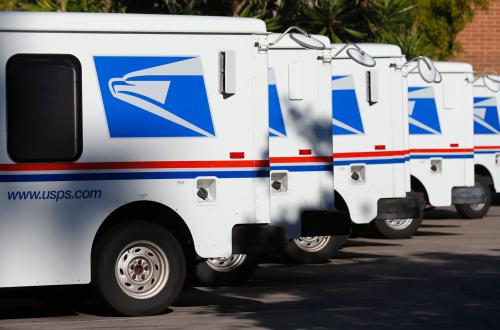


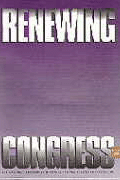
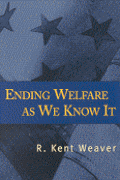
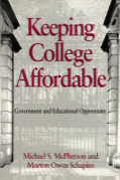


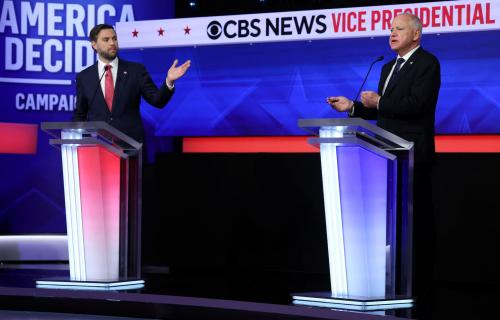
Commentary
The Postal Regulatory Commission’s $50 billion decision
October 25, 2016